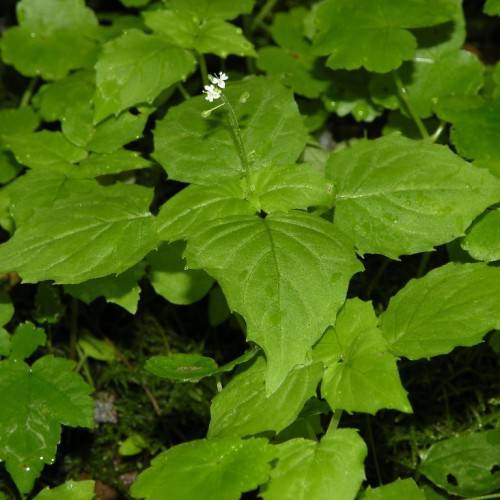
Intermediate Enchanter's Nightshade
Circaea x sterilis
Watering:
Frequent
Hardiness Zone:
Sun:
part shade,full shade
Leaf:
Yes
Growth Rate:
Low
Poisonous To Humans:
Yes
Poisonous To Pets:
Yes
Care Level:
Medium
watering
Enchanter's Nightshade requires regular watering but not too much. Water your plant deeply about once a week when the soil becomes dry. Make sure not to let the soil dry out completely between waterings. In the height of summer, when the plant is actively growing, you may need to water it twice a week. Make sure to avoid overwatering, as this can lead to root rot. Monitor the soil and check it for moisture before watering. If the soil remains moist, wait until it begins to dry out before watering again.
sunlight
Enchanter's Nightshade (Circaea alpina subsp. pacifica) thrives in partial to full shade, meaning it needs at least 8-10 hours of indirect sunlight per day. Additionally, direct sunlight should be avoided if possible. This species grows best when filtered sunlight is provided during the morning or late afternoon/early evening, as these will be the coolest times in the day. It's important to note that this plant species will not tolerate intense, direct sunlight for more than a few hours at a time.
pruning
Enchanter's Nightshade should be pruned lightly in late spring or early summer, just before the blooms begin to appear. Pruning too much can reduce the flower display, so always use cautious pruning practices. Start by removing dead, diseased, or damaged branches. Also, thin out overly dense areas of the plant to allow air and light to reach the inner branches. After that, selectively prune off stems that are growing too leggy and low to the ground. Lastly, cut off any upright stems that are taller than the low-growing mounds that Enchanter's Nightshade naturally forms.
